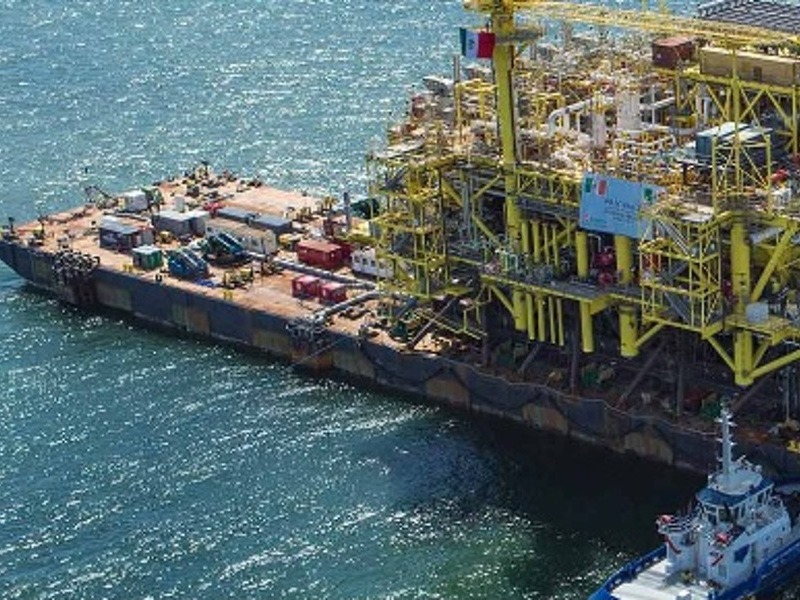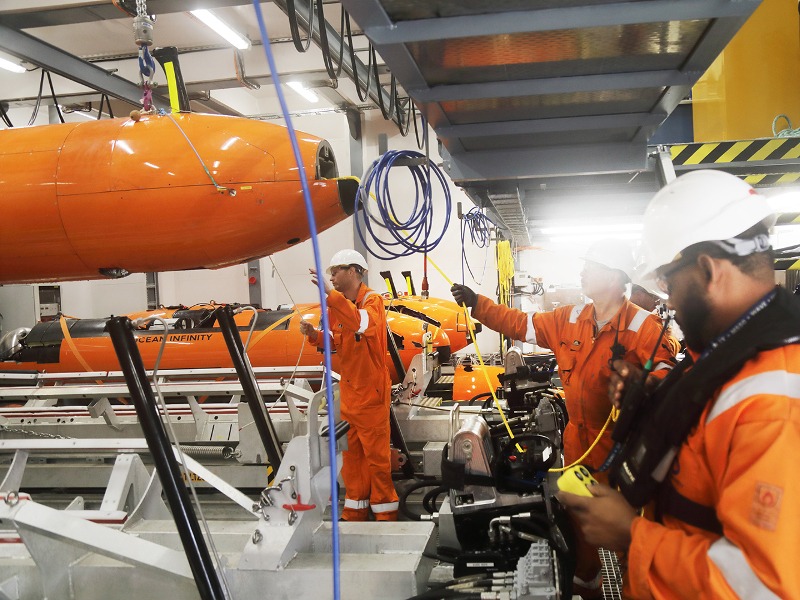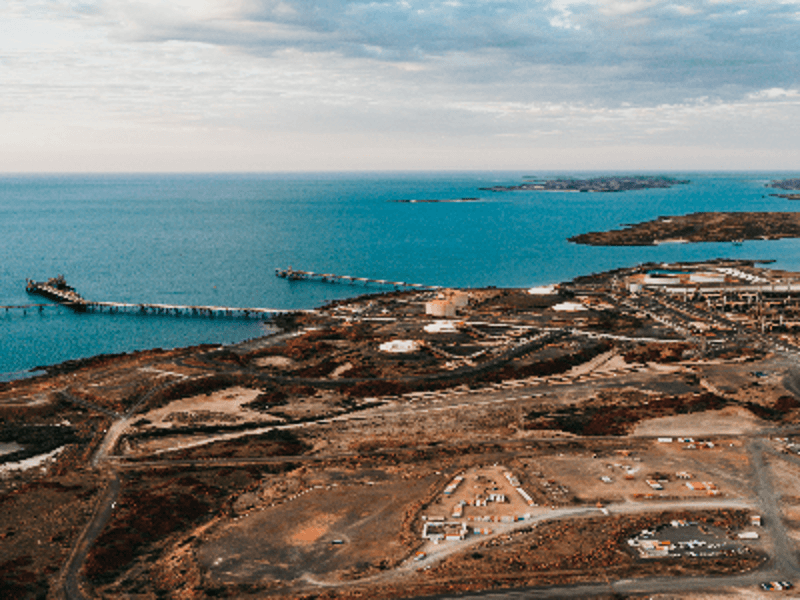Scarborough gas field is situated in the Carnarvon Basin, approximately 375km off the coast of Burrup Peninsula, Western Australia.
The offshore gas field, estimated to contain 7.3 trillion cubic feet (tcf) of natural gas reserves, is planned to be developed to provide feed gas to the proposed Pluto LNG expansion project located on the Burrup Peninsula.
The Scarborough field is jointly owned by the operator Woodside (75%) and BHP Billiton (25%).
Front-end engineering and design (FEED) contracts for the project were awarded in January 2019, while the final investment decision (FID) is expected in 2020.
Project Gallery
-

McDermott was awarded the FEED contract for the Scarborough FPU in January 2019. Image courtesy of McDermott.
-

Ocean Infinity was contracted for deep-water geophysical pre-engineering route survey for the project in June 2018. Image courtesy of Ocean Infinity.
-

The Scarborough offshore field will provide feed gas for the Pluto LNG terminal on the Burrup Peninsula. Image courtesy of Woodside.
First gas from the Scarborough gas field is expected in 2023.
Scarborough gas field location
Scarborough gas resource is the biggest among Greater Scarborough gas fields that are located in the WA-1-R license in water depths ranging between 900m and 1,500m.
The other Greater Scarborough gas discoveries include Thebe and Jupiter, which are estimated to hold 1.4tcf and 0.5tcf gas resources, respectively.
Scarborough gas field discovery, appraisal, and reservoir details
The Scarborough gas field was discovered in 900m-deep waters by the Scarborough-1 discovery well in 1979. Located 1,800m beneath the seabed, the reservoir of the field was found to be a high-quality gas accumulation in the Barrow Group Flag sandstone of the Zeepaard Formation.
In 1996, a seismic survey covering an area of 2,440km² was completed followed by the first appraisal well Scarborough-2, which was drilled to a depth of 2,068m in June of the same year.
Further, in 2004, a 3D seismic survey over 912km² was carried out at the gas field, which led to the drilling of three appraisal wells Scarborough-3, Scarborough-4A, and Scarborough-5 by early 2005.
Scarborough gas field development details
The Scarborough gas field is initially planned to be developed with up to seven subsea gas producer wells tied-back to a semi-submersible floating production unit (FPU).
To be moored in 2,952ft-deep water near the Scarborough field, the FPU will be fitted with topsides to produce up to nine million tonnes of natural gas a year (Mtpa).
The FPU will be designed to accommodate up to 12 subsea gas producer wells, allowing for future tie-back of the Thebe and Jupiter satellite gas fields.
The natural gas processing facility on the FPU will comprise gas separation, dehydration, and compression, along with monoethylene glycol (MEG) regeneration and water handling systems.
Gas supply
The natural gas produced by the Scarborough gas field will be transported onshore for LNG production through a 430km-long carbon steel export pipeline connecting the existing Pluto LNG facility located the Burrup Peninsula.
Contractors involved
McDermott was awarded the FEED contract for the FPU for the Scarborough gas field development in January 2019, while Subsea Integration Alliance, a consortium of OneSubsea Australia and Subsea 7 Australia, was contracted for engineering and design studies for the subsea umbilical risers and flowlines (SURF) in the same month.
Saipem Australia and Intecsea were awarded two separate contracts for the engineering of the gas export pipeline for the offshore development project.
SNC-Lavalin was awarded two sub-contracts to support the development of the Scarborough FPU in May 2019. The scope of the contracts includes FEED support for the semi-submersible hull and mooring, model testing scoping and supervision, as well as technical safety assessment and risk engineering support services for the engineering and design of the FPU.
Ocean Infinity conducted geophysical survey for the route from the Scarborough field to Burrup Peninsula, deploying autonomous underwater vehicles (AUVs) from the multi-purpose offshore vessel Seabed Constructor in 2018.
UK-based engineering services company Wood was engaged for the concept study of the Scarborough gas field development in August 2018.
